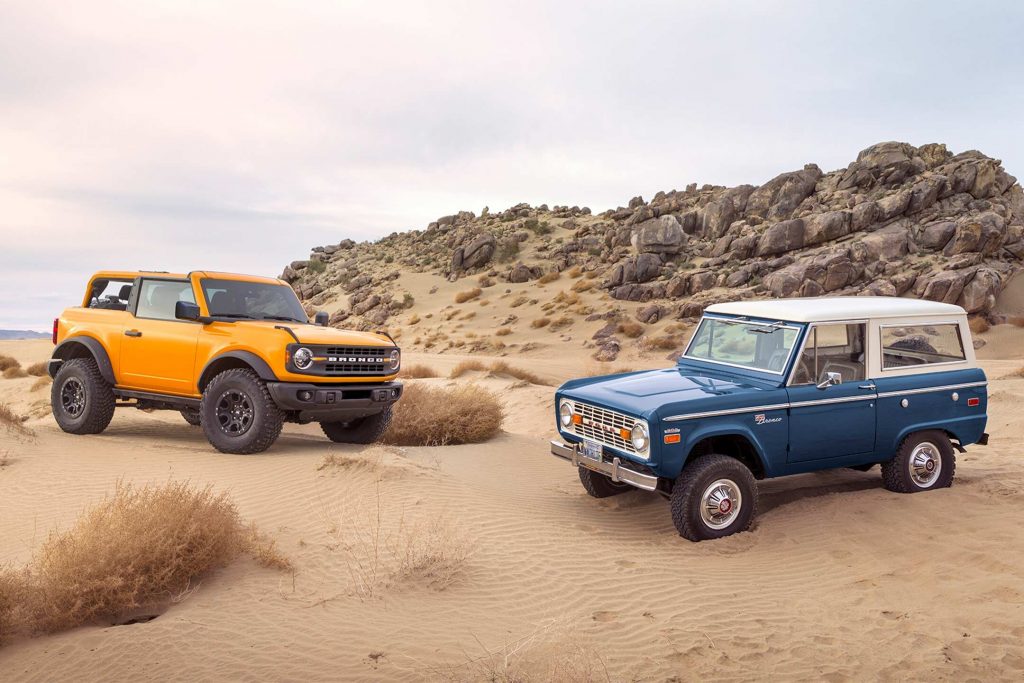Dodge has just released a new teaser for the unnamed Dodge electric muscle car. More exciting than whatever fell beast Dodge plans on releasing into the wild is the flashing old and deeply mysterious Fratzog badge around. Ever heard of the Fratzog?
While the Fratzog might sound like olde timey German composer and look like a Klingon symbol, it is not. It’s actually a relic of the old Dodge futurist days. Make way for the Fratzog. Heghlu’meH QaQ jajvam!
What is the Fratzog?
In the upcoming Dodge electric muscle car teaser, a keen eye might have noticed a mysterious red badge on the hood of Dodge’s new dark creation. Although many people have never seen this enigmatic little red triangle-shaped badge, that doesn’t mean it’s new. This red triangle is called the Fratzog, and it’s finally resurfacing after nearly 50 years in hiding.
According to MotorTrend, during the mid-1950s, Chrysler (and its sub-brand Dodge) began using a new styling language called “forward look,” developed by a fella named Virgil Exner. This new vision translated to “let’s slap giant fins on EVERYTHING!” The semi-futurist designs were all about aerospace and space ships. To accompany this new design style, Dodge got a new, somewhat menacing badge to go along with the fins and nose cones.
Entering the 1960s, the space age was in full swing, and the futurist double boomerang logo, along with the flashy tailfins, was fully out of Vogue. Dodge switched from the Jetsons-looking logo to the more serious red triangle we see here.
This logo change came along with the attempt at the legendary Chrysler Turbine Car. It was still futuristic, but instead of the 50s swoops, it had a hard-lined Star Trek look that fit the age a bit better.
Why is the Dodge electric muscle car using the Fratzog now?
Dodge is the premier “power over everything” automaker. So, of course, its entrance into the electric muscle car world has to be done with excess and flair. If we knew what the word “Fratzog” means or at least came from, we would have some context clues for why Dodge is unearthing its vintage futurist logo. Unfortunately, there seems to be no meaning to the word.
After some digging, there is no traceable etymology or meaning to the word. It appears to have been made up. According to MotorTrend, “ It’s not derived from any language, it’s not an acronym, it’s just an invented word for an interesting logo.”
The logo was used sparingly from 1962-1976. Although we now know that Dodge intends to use it to brand its new electric muscle car, we still don’t know if this will become some sort of E sub-brand or adorn only the most powerful versions like the Dodge Demon or Hellcat.
If we have learned anything from Dodge over the years, it’s that it isn’t afraid to throw otherworldly power into its cars just for the hell of it. We can only assume that if Dodge promises a super-powerful electric muscle car that it will be fully bananas and have a menacing name like, oh, I don’t know, the Fratzog.
RELATED: There Definitely Won’t Be Another Dodge Demon
The post The Dodge Electric Muscle Car Is Coming and So Is the Return of the Mysterious Fratzog appeared first on MotorBiscuit.





